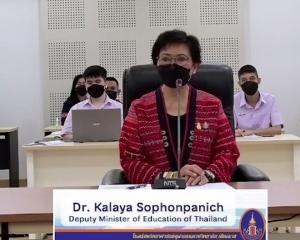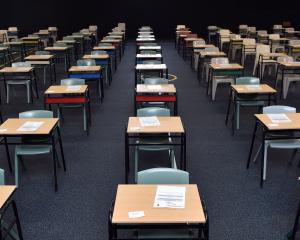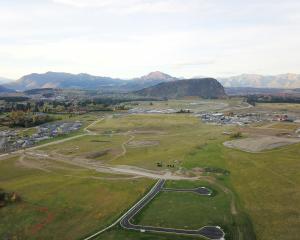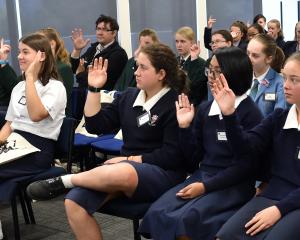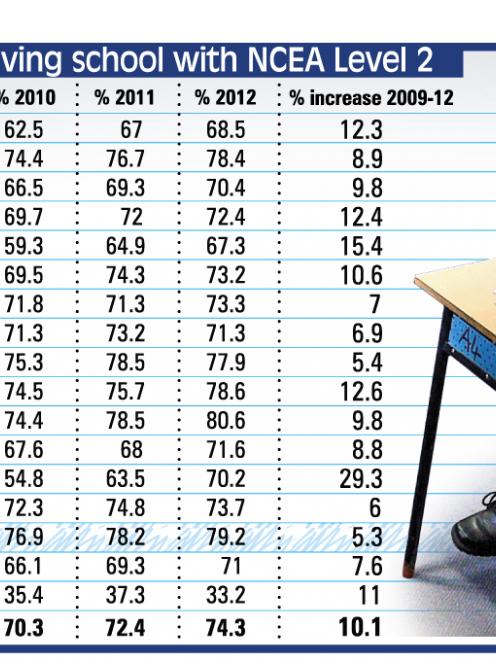
Education Minister Hekia Parata said evidence showed pupils with NCEA level 2, or an equivalent qualification, had better opportunities for further education and employment, and an improved quality of life.
''That's why we have set a better public services target of 85% of all 18-year-olds having achieved NCEA level 2, or an equivalent qualification, in 2017.''
Those leading the charge towards 85% are secondary schools in the Nelson and Otago regions.
In 2009 and 2010, the Otago region had the highest percentages of pupils leaving school with NCEA level 2 (75.2% in 2009, and 76.9% in 2010).
However, the most recent analysis has found the top spot is now held by the Nelson region with 80.6%, followed by Otago on 79.2%.
Nationwide, the 2009 results showed 67.5% of school leavers achieved NCEA level 2, while 2012 results showed an increase to 74.3% - a 10.1% increase since 2009.
The 2012 results also showed 54.6% of Maori school leavers achieved NCEA level 2 compared with 45.7% in 2009; 64.8% of Pasifika school leavers achieved NCEA level 2 in 2012 compared with 56.5% in 2009; 79.6% of European/Pakeha school leavers achieved NCEA level 2 in 2012 compared with 72.7% in 2009; and 87% of Asian school leavers achieved NCEA level 2 in 2012 compared with 82.6% in 2009.
''These results are a great reflection on the work our teachers do with students and their families and show the measures our Government is taking to raise achievement are working,'' Ms Parata said.
''We have seen some great lifts in some of the regions like West Coast, which had a 29.3% increase in school leavers achieving NCEA level 2 since 2009, and Gisborne which had a 15.4% increase in school leavers achieving NCEA level 2 since 2009.
''That is just brilliant and I would, again, like to acknowledge the teaching profession and leaders in those regions for achieving this lift - and the children themselves.''
While the general picture for New Zealand was positive, there were disparities between different groups of school leavers, Ms Parata said.
Maori and Pasifika school leavers were often not achieving as highly as their peers, and girls consistently outperformed boys, she said.
''Our challenge is to get every one of our kids across the line,'' she said.

